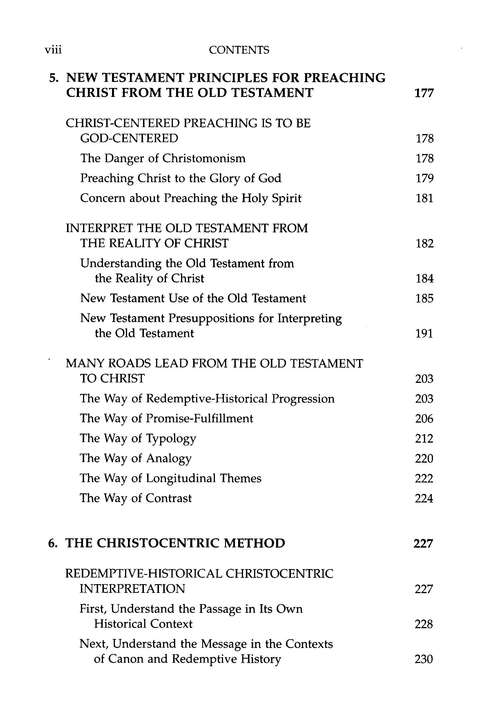This is a series of articles on how to preach Christ in the Old Testament. Many have mistakenly preached using the Old Testament for moralistic preaching or self-help. Preacher, do you want to learn to preach on the basis of the Old Testament?Series of articles will give you a good introduction.
The historical-redeeming Christocentric method, or simply the Christocentric method, is between Calvin’s theocentric method and Luther’s Christological method, and Greidanus defines his proposal as follows:
- The Christocentric method complements the theocentric method of interpreting the Old Testament by seeking to do justice to the fact that the story of God bringing his kingdom on earth is centered in Christ: Christ.
- The center of redemptive history.
- Christ the center of the scriptures.
- In preaching part of Scripture.
- Your message must be understood in light of this center: Jesus Christ.
It should be clear that the purpose of the method is not to impose a reference to Christ in all texts, but to see all biographical accounts in the light of Jesus Christ, because he understands that this is the right way to understand all Scripture in his teachings, laws, prophecies, and visions.
Greidanus explains that the first step is to understand the passage in its own historical-cultural context. The passage must be understood as Israel understood it, and then understood in the broader contexts of the canon and the history of revelation. In this step, the preacher must do justice to three characteristic aspects of the text: the literary, the historical, and the theocentric. These aspects will be considered in the application of the canons of historical-grammatical exegesis. For our purposes, it is worth emphasizing, like Greidanus, the important question of “What does this passage reveal about God and his will?” This questioning draws attention to the fact that God revealed Himself and recorded this revelation in Scripture. This distracts the preacher from the temptation to focus his attention simply on the character, or even on the character’s relationship to God, but primarily on the relationship between God and the character. According to Chapell, “by focusing on what God does in recording each event, informing each personality, and the principles of each teaching, the preacher prevents the message from degenerating into worshiping a mere human hero. “
Secondly, it must be understood that texts cannot be understood in isolation, but should be understood in the context of the entire Bible and redemptive history.
A Christian sermon on the Old Testament will necessarily accompany the New Testament. This is evident when the text contains a promise that is fulfilled in Christ: the preacher cannot dwell on the promise, but of course the sermon will continue until it is fulfilled. The same is true when the text contains a type that is fulfilled in Christ: the sermon is passed from type to antitype. This also happens when the text reflects a theme that develops most in the New Testament: in the sermon, the preacher moves from the theme of the Old Testament to its most complete development in the New Testament.
This need can be extended to all texts, as it is based on the principle that Scripture records the unique story of redemption. Each episode is not isolated in itself, but leads the reader to the climax, in the case of the Old Testament, or results from it, in the case of the New Testament. This progression can be observed as both continuity and discontinuity, but there will always be a correlation. Since Christ is the pinnacle of redemptive history, one must wonder how this text can reach Christ? According to Greidanus: “The path of redemptive-historical progression? The fulfillment of the promise? The typology? The analogy? Long-term themes? Or contrasts ?? [or] New Testament references [?] .

